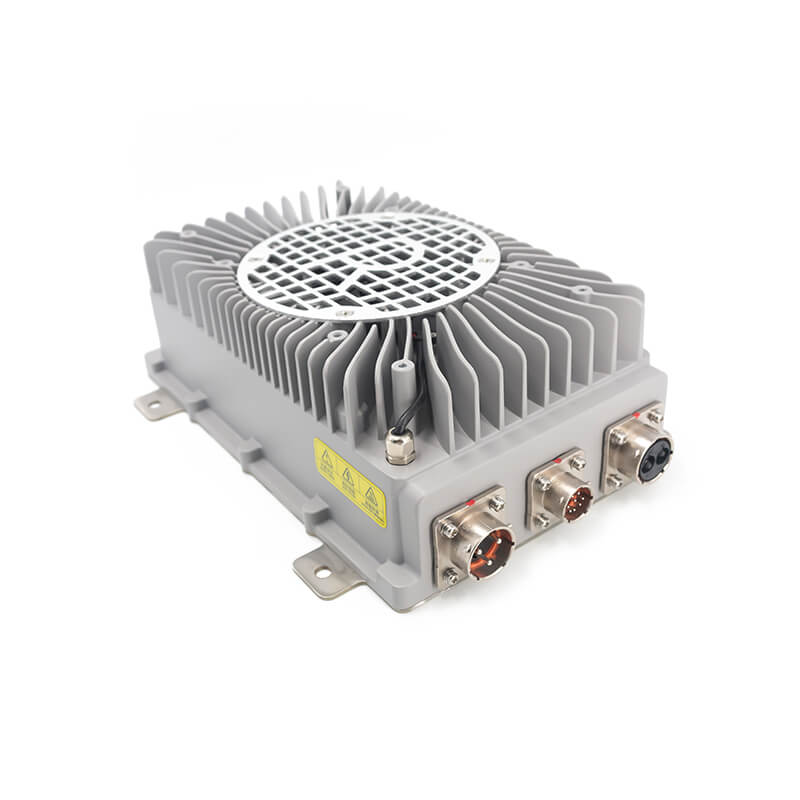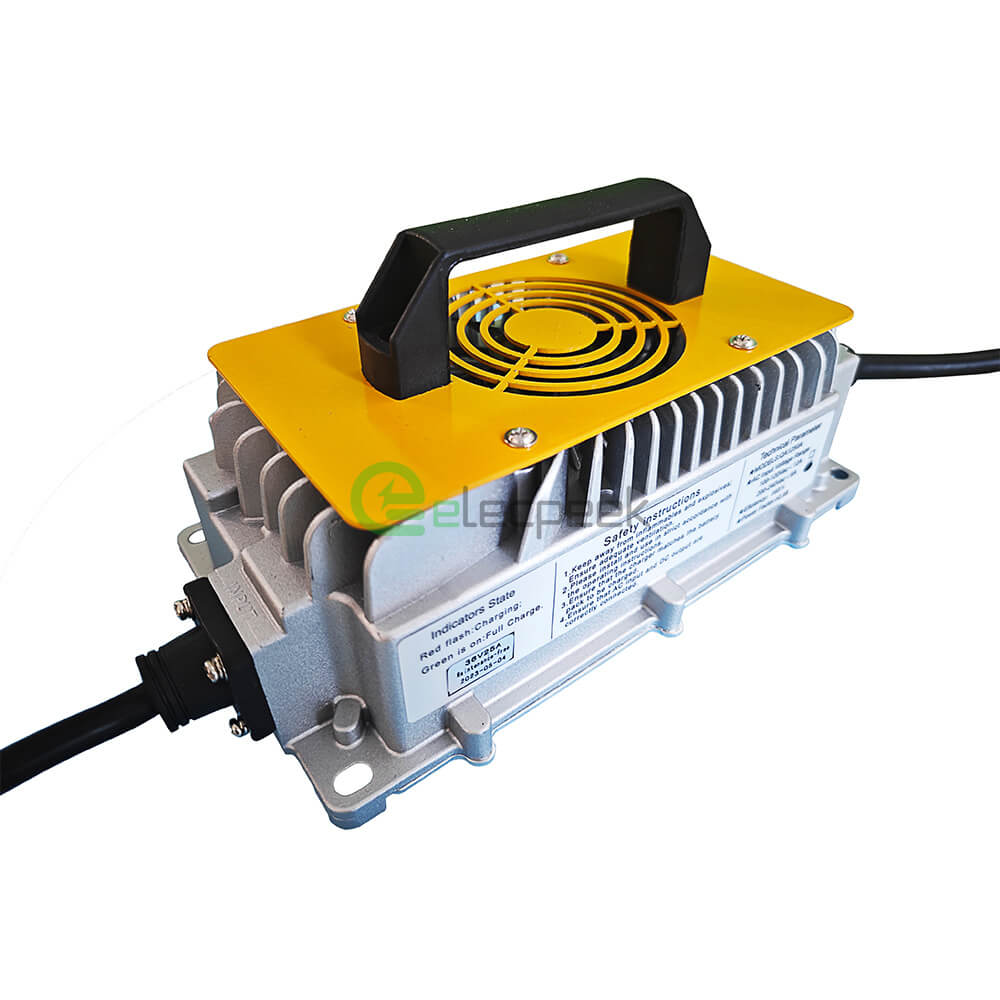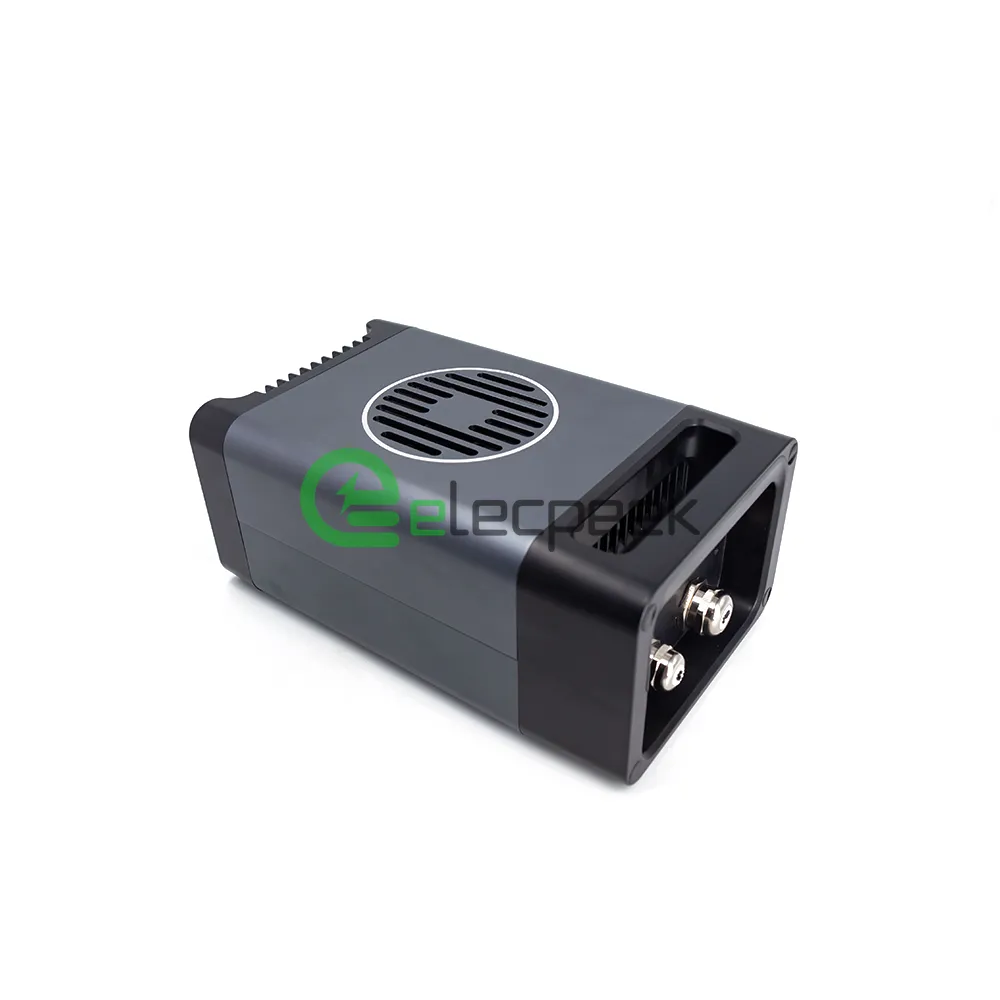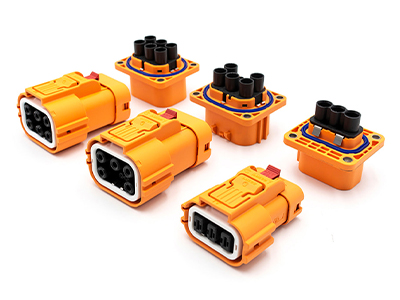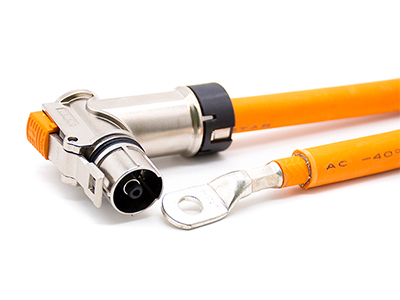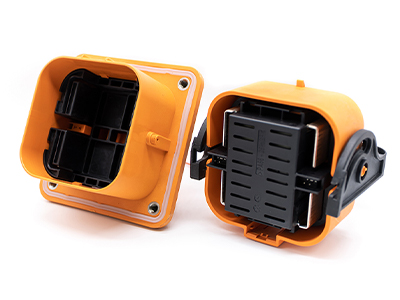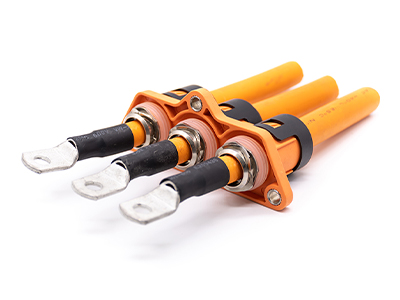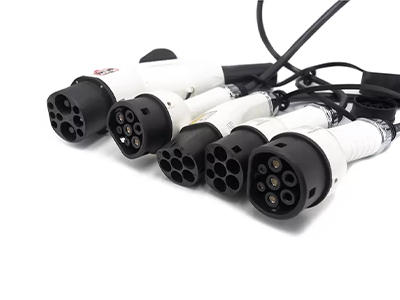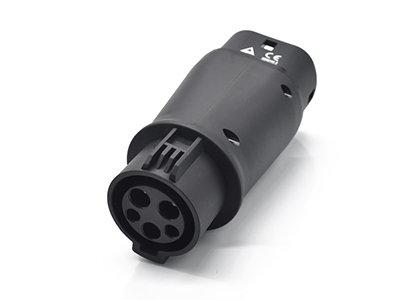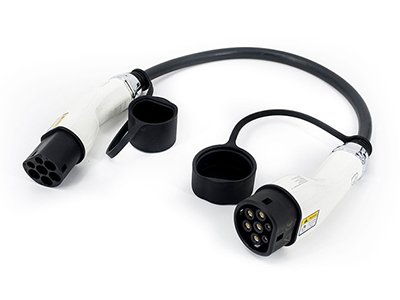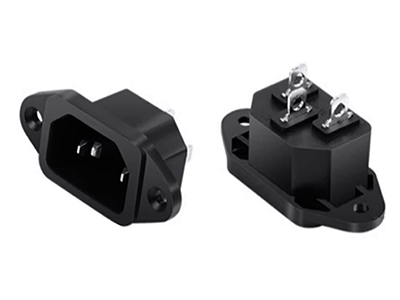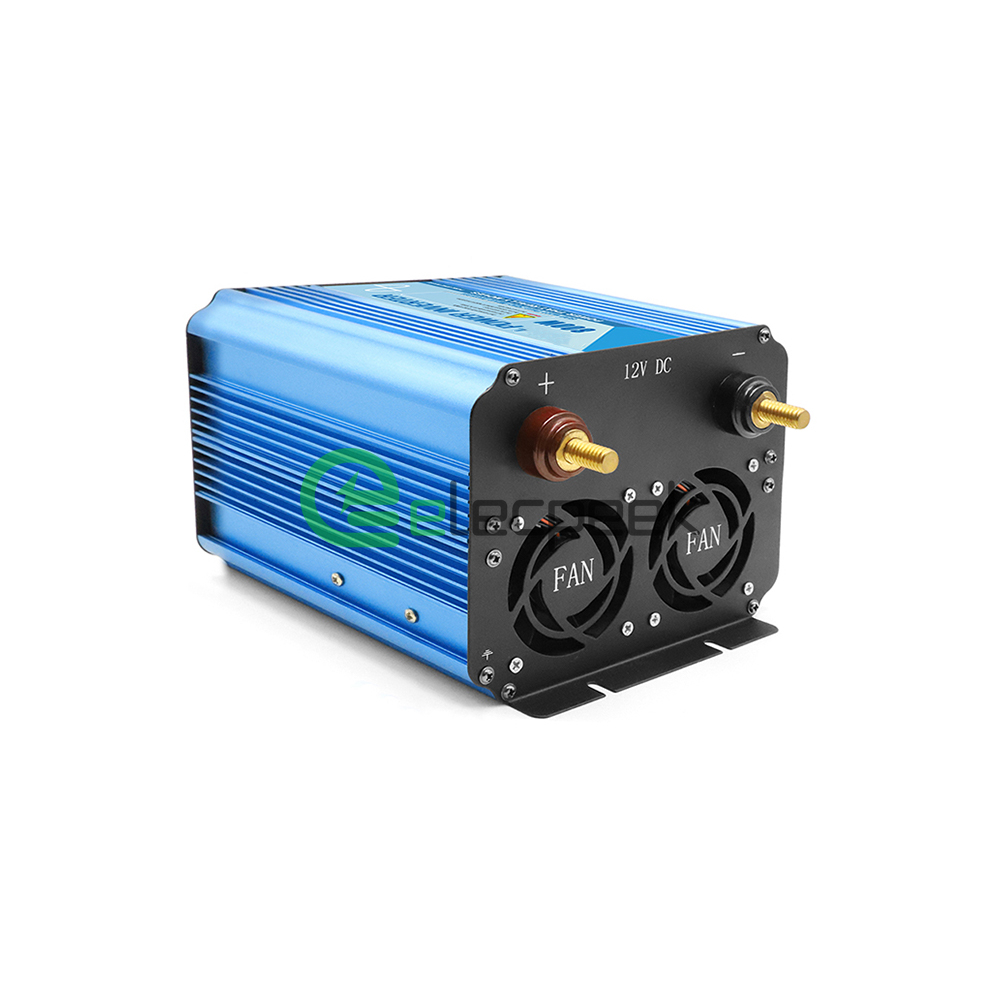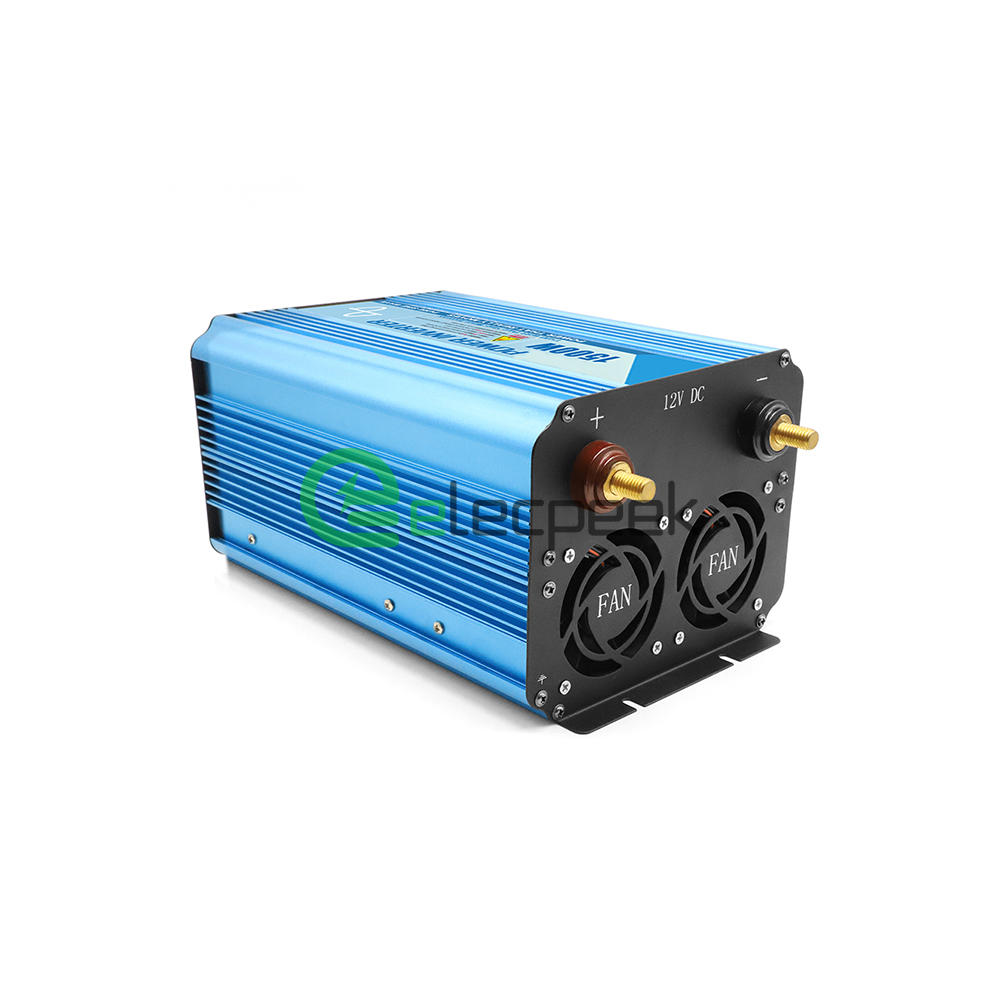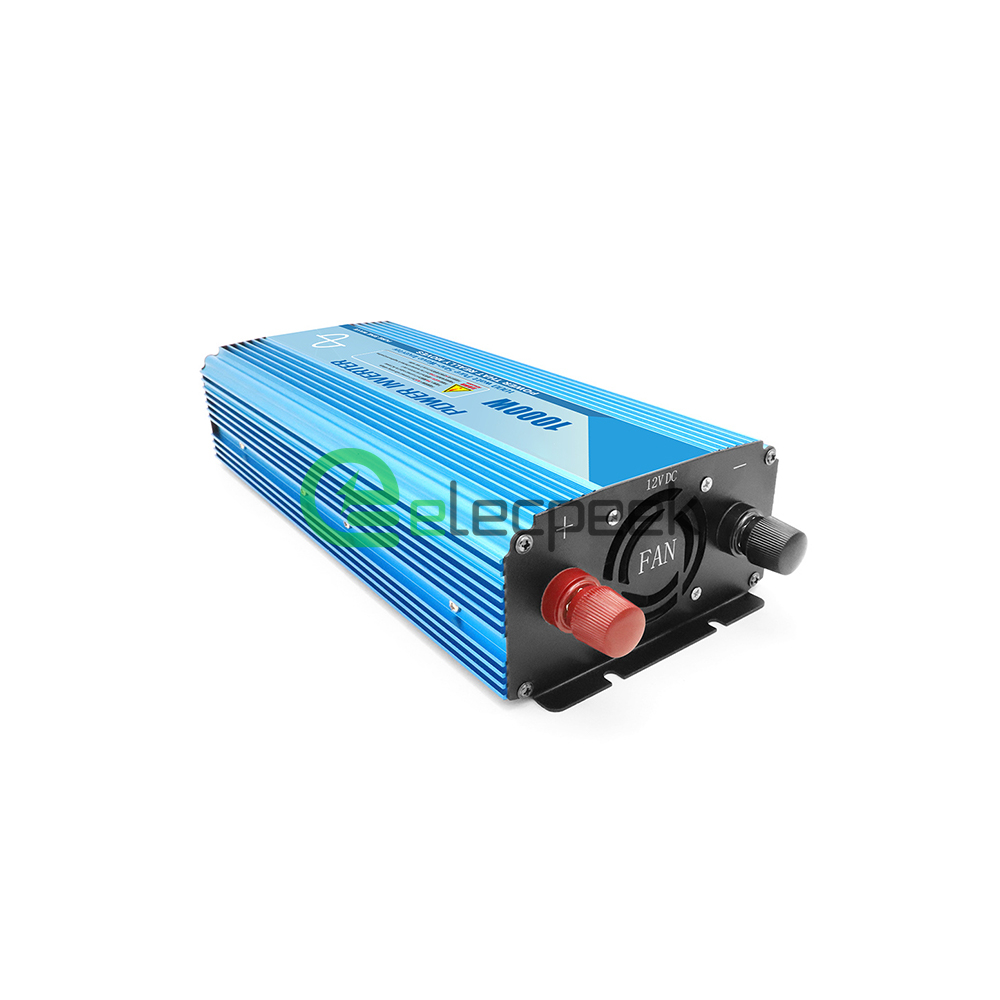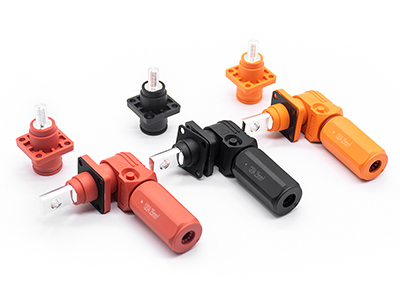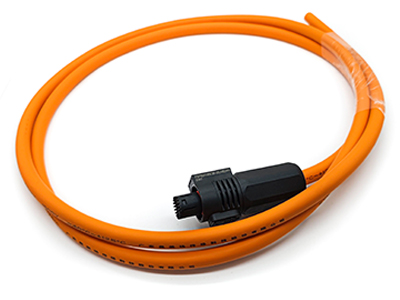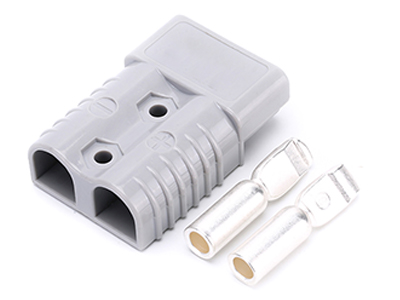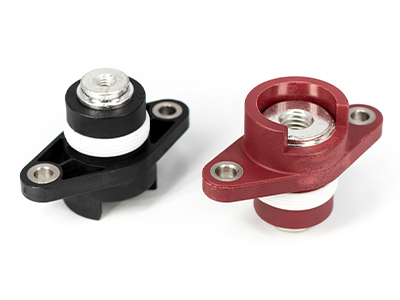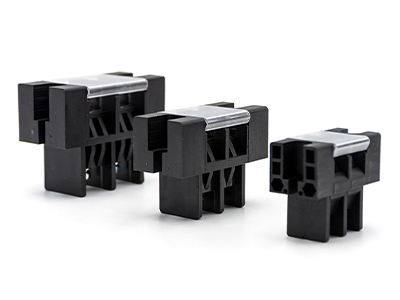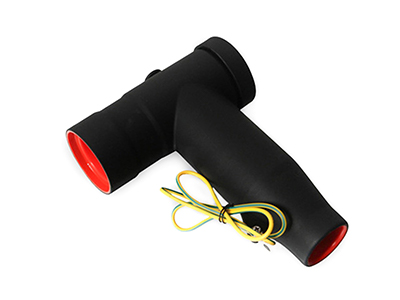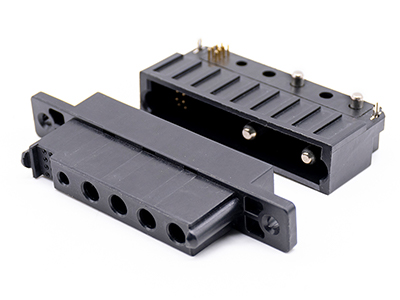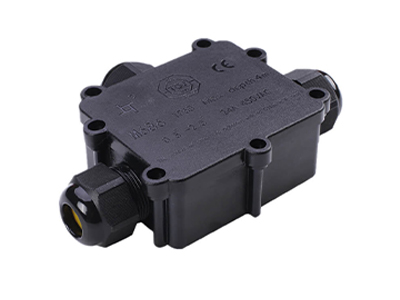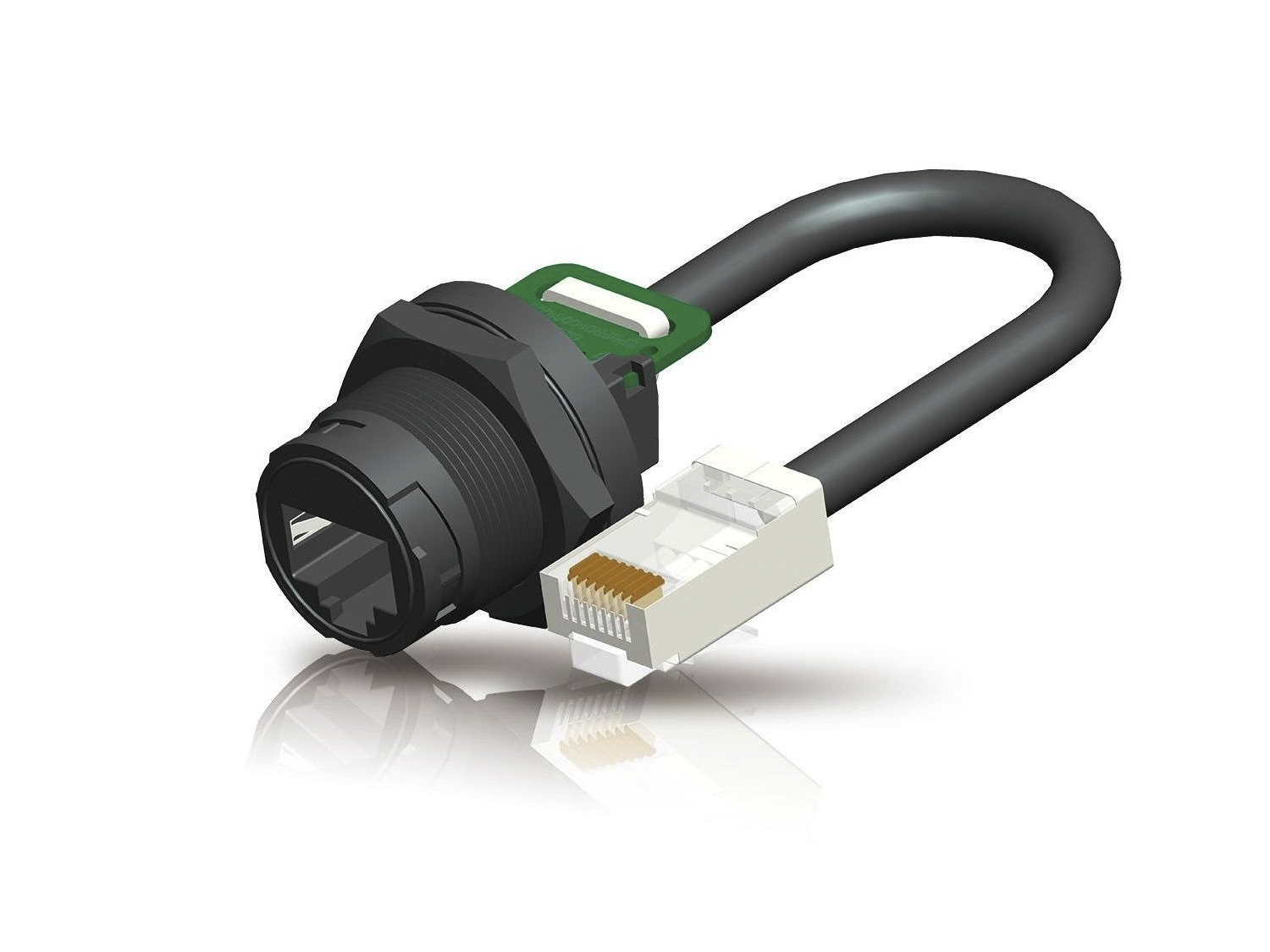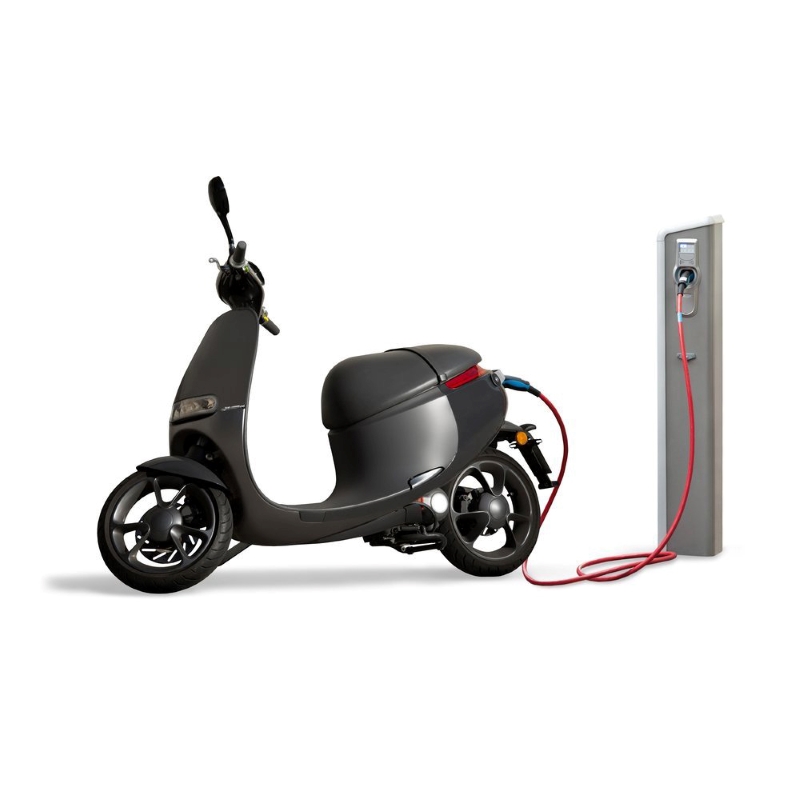News
Details of the new energy vehicle charger standard
New energy vehicle chargers are used almost worldwide, and the standards of each country are different, so there are many different standards of new energy vehicle charger products in the market, the following is a description of the standard of new energy vehicle charger specifications. First of all, let’s look at a very intuitive chart.
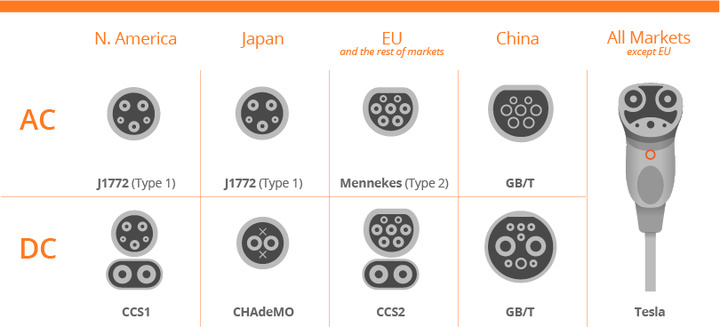
New energy vehicle chargers are divided into DC chargers and AC chargers. DC chargers are high-current, high-power chargers, which are generally equipped with fast-charging stations for new energy vehicles. Commonly used for home use are generally AC charging piles, or portable chargers.
1, AC charger
The main three types, type1, type2, GB / T, can also be called the American standard, European standard, and Chinese standard. Of course, Tesla has its standard charging interface, but due to market pressure, Tesla also began to change their standards according to market conditions to make its own system of energy vehicles more adaptable to the market, just like the Chinese Tesla must be equipped with the Chinese standard charging port.
Type1: SAE J1772 interface, also known as J-plug
The United States and countries with close ties to the United States are using Type1 American standard chargers, including AC charging posts and portable chargers that come with the car. So to adapt to this standard charging interface, Tesla also had to provide charger adapters so that Tesla cars can use the Type 1 charging port public charging posts.
Type1 provides mainly 120V (Level1) and 240V (Level2) two charging voltages.
Type2: IEC 62196 interface
Type2 is the interface standard for new energy vehicles in Europe, and the rated voltage is generally at 230 V. Looking at the picture, it may be a bit similar to the Chinese standard, but in fact, it is easy to distinguish.
GB/T: GB/T20234 Chinese standard interface
From January 1, 2016, China requires that as long as the charging interface of each brand of new energy vehicles produced in China must comply with the Chinese national standard GB/T20234, so the new energy vehicles produced in China after 2016, do not need to consider whether the charging port is suitable for the Chinese standard, because there is already a unified standard.
The rated voltage of the Chinese standard AC charger is generally 220V household voltage.
2, DC charger
DC chargers generally correspond to AC chargers, and each country and region has its own standard, except Japan is a bit of an exception. Japan’s DC charger interface is CHAdeMO, of course, not all Japanese cars with this DC charger, but also only part of Mitsubishi and Nissan’s new energy models will use the CHAdeMO DC charging port.
We continue to see the above DC charger schematic, American standard Type1 corresponds to CCS1, mainly in the bottom to increase a pair of high-current charging holes, and European standard Type2 corresponds to CCS2.
The rated voltage of the DC charging post is generally above 400V, and the current reaches several hundred amps, so it is generally not for home use, but for fast charging stations set up in public places such as shopping malls, gas stations, and office buildings.

